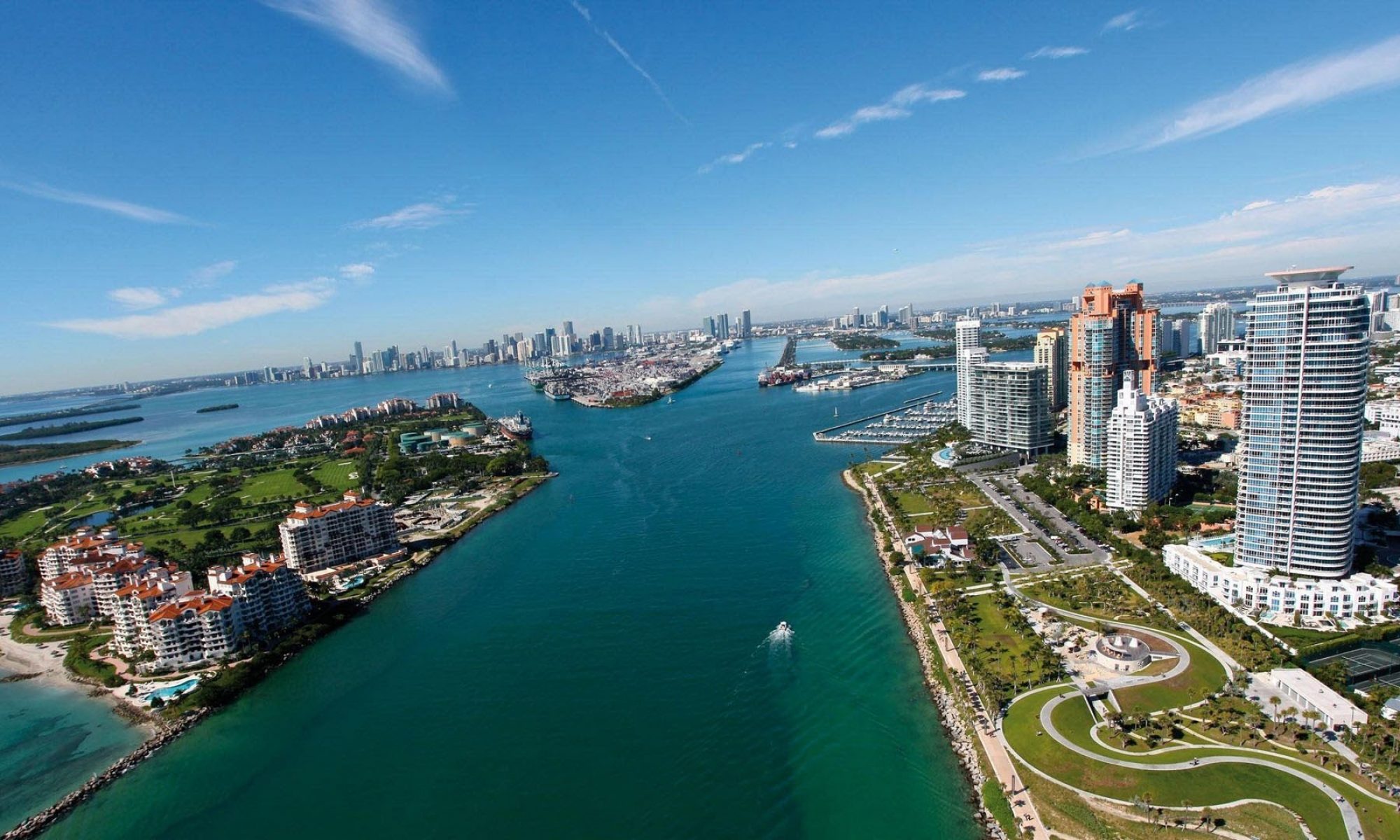The Global Real Estate Market performed exceptionally well in 2017, with yields compressing and prime rents rising above consensus forecasts, rising 0.12% and 1.7% respectively, all while overall volumes increased by 13.2%, the highest level of real estate investment on record. The Industrial sector benefited from low comparable prices as well as new growth opportunities, factors that led to investment growth of 29.5% YOY. Asia captured 52% of the global market, setting a record for the highest share by any continent in recorded history. This influx was felt in the EMEA region where Asian capital increased 95% YOY to a total that remains below investment of North American Investors. Latin America markets are experiencing economic growth from primary and secondary effects of increasing commodity prices.
For 2018, real estate investors are expecting to leverage the positive impact of the technology industry. The growth of the share economy and big data may prove profitable for tech hubs and specialized second tier cities. Despite the continued rise of the “internet-age”, investors believe that location in prime real estate will be of profound importance. While these locations are already mapped out in the developed world, emerging markets do not have such defined bounds. Gateway cities have proven as a potential common data point for highest growth. Overall, the benefits of economic momentum with risk of global shift in monetary policies are expected to balance results. Real estate will continue to operate as a tool against fears of inflation.
Keith Knutsson of Integrale Advisors commented, “The global economy is at an interesting point past the recession; the performance in 2018 will dictate the performance for supply and demand in the coming years.”
